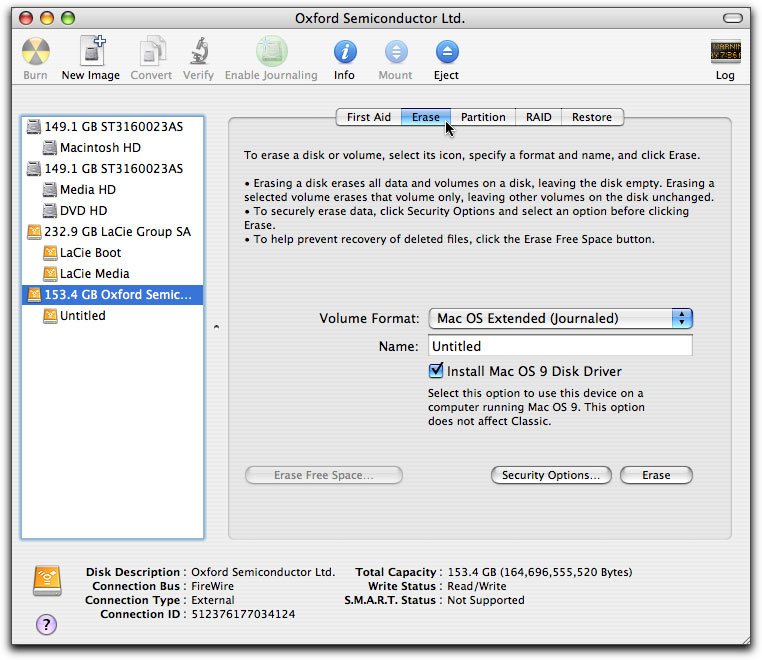

On older versions of Mac, you can do this through Disk Utility. You could also choose MS-DOS as the format, if you want to be able to use the drive on both a Mac. Choose OS X Extended (Journaled) for the Format, and, for the Scheme, choose GUID Partition Map. This is how you prepare to erase and format a USB flash drive. Wizards often advise you to completely format your hard drive and reinstall macOS.

#Mac os disk utility do not see partition how to#
That’s it, we wait and check, if all the section names were entered correctly, it should be completed successfully.īut still, for the sake of interest, let’s return to the option through formatting. Connect the drive, select it in Disk Utility, and click the Erase button in the toolbar. Many macOS users are interested in how to merge hard disk partitions. This is for those who understand the information after the first command, if in doubt, you can check at this stage if everything is in order: diskutil listįinally, we enter: diskutil mergePartitions HFS + 'Macintosh HD' / dev / disk0s2 / dev / disk0s3 Then: diskutil eraseVolume HFS + Blank / dev / disk0s3Īnd then: diskutil eraseVolume HFS + MacSX / dev / disk0s3 Remember that the data on both drives being merged will be cleared. We enter into the Terminal: sudo diskutil eraseVolume HFS + Blank / dev / disk0s3 There will be a lot of information about the discs, in particular their names. Let’s say we have disk0s3 and disk0s2. So, back to the instructions. In the Terminal window, enter: diskutil list It is somewhat more difficult for “dummies” to understand, but quickly and concretely.Īttention , the names of discs (more precisely, their chapters) may be different. If in doubt, first look at the names of your sections, for example, in the Finder. Below is a way to delete a disk partition in macOS (merge with an existing one) using Terminal.


 0 kommentar(er)
0 kommentar(er)
